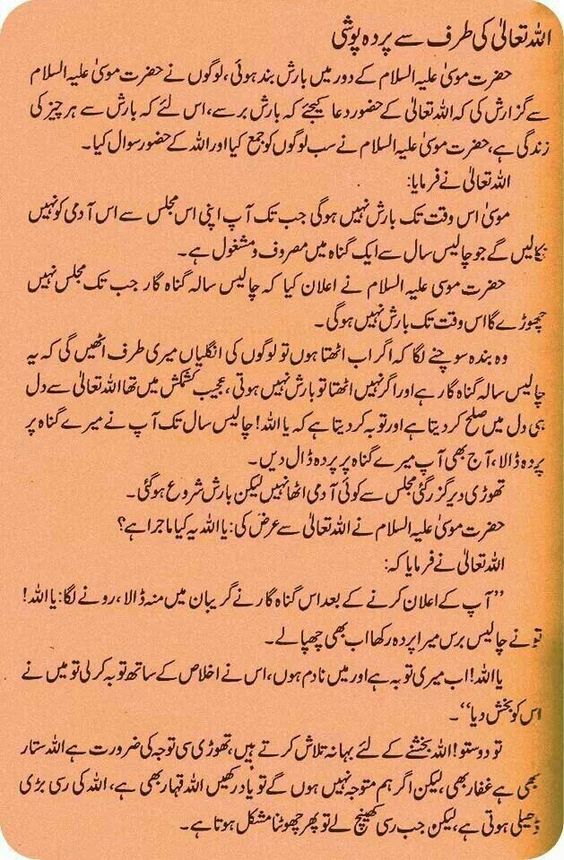Summary of answer
Women observing hijab in front of non-mahram men and covering their faces is obligatory as is indicated by the Quran and the Sunnah and by rational examination and analogy.
Answer
- Is covering the face obligatory?
- Evidence for covering the face from the Quran
- Evidence from the Sunnah that it is obligatory to cover the face
- Evidence for covering the face from rational analogy
- Bad consequences of women showing their faces to non-mahram men
Praise be to Allah.
Is covering the face obligatory?
You should note that women’s observing hijab in front of non-mahram men and covering their faces is something that is obligatory as is indicated by the Book of your Lord and the Sunnah of your Prophet (peace and blessings of Allah be upon him), and by rational examination and analogy.
Evidence for covering the face from the Quran
· Allah says (interpretation of the meaning):
“And tell the believing women to lower their gaze (from looking at forbidden things), and protect their private parts (from illegal sexual acts) and not to show off their adornment except only that which is apparent (like both eyes for necessity to see the way, or outer palms of hands or one eye or dress like veil, gloves, headcover, apron), and to draw their veils all over Juyubihinna (i.e. their bodies, faces , necks and bosoms) and not to reveal their adornment except to their husbands,
or their fathers, or their husband’s fathers, or their sons, or their husband’s sons, or their brothers or their brother’s sons, or their sister’s sons, or their (Muslim) women (i.e. their sisters in Islam), or the (female) slaves whom their right hands possess, or old male servants who lack vigour, or small children who have no sense of feminine sex. And let them not stamp their feet so as to reveal what they hide of their adornment. And all of you beg Allah to forgive you all, O believers, that you may be successful.” [al-Nur 24:31]
The evidence from this verse that hijab is obligatory for women is as follows:
1. Allah commands the believing women to guard their chastity, and the command to guard their chastity is also a command to follow all the means of doing that. No rational person would doubt that one of the means of doing so is covering the face, because uncovering it causes people to look at it and enjoy its beauty, and then to initiate contact. The Messenger of Allah (peace and blessings of Allah be upon him) said: “The eyes commit zina and their zina is by looking…” then he said, “… and the private part confirms that or denies it.” Narrated by al-Bukhari, 6612; Muslim, 2657.
If covering the face is one of the means of guarding one’s chastity, then it is enjoined, because the means come under the same ruling as the ends.
2. Allah says (interpretation of the meaning): “…and to draw their veils all over Juyubihinna (i.e. their bodies, faces, necks and bosoms) …”. The jayb (pl. juyub) is the neck opening of a garment and the khimar (veil) is that with which a woman covers her head. If a woman is commanded to draw her veil over the neck opening of her garment then she is commanded to cover her face, either because that is implied or by analogy. If it is obligatory to cover the throat and chest, then it is more appropriate to cover the face because it is the site of beauty and attraction.

3. Allah has forbidden showing all adornment except that which is apparent, which is that which one cannot help showing, such as the outside of one’s garment. Hence Allah says (interpretation of the meaning): “…except only that which is apparent …” and He did not say, except that which they show of it. Some of the salaf, such as Ibn Mas’ud, al-Hasan, Ibn Sirin and others interpreted the phrase “except only that which is apparent” as meaning the outer garment and clothes, and what shows from beneath the outer garment (i.e., the hem of one’s dress etc.).
Then He again forbids showing one’s adornment except to those for whom He makes an exception. This indicates that the second adornment mentioned is something other than the first adornment. The first adornment is the external adornment which appears to everyone and cannot be hidden. The second adornment is the inward adornment (including the face). If it were permissible for this adornment to be seen by everyone, there would be no point to the general wording in the first instance and this exception made in the second.
4. Allah grants a concession allowing a woman to show her inward adornments to “old male servants who lack vigour”, i.e. servants who are men who have no desire, and to small children who have not reached the age of desire and have not seen the ‘awrahs of women. This indicates two things:
I.1 – That showing inward adornments to non-mahrams is not permissible except to these two types of people.
II.2 – That the reason for this ruling is the fear that men may be tempted by the woman and fall in love with her. Undoubtedly the face is the site of beauty and attraction, so concealing it is obligatory lest men who do feel desire be attracted and tempted by her.
